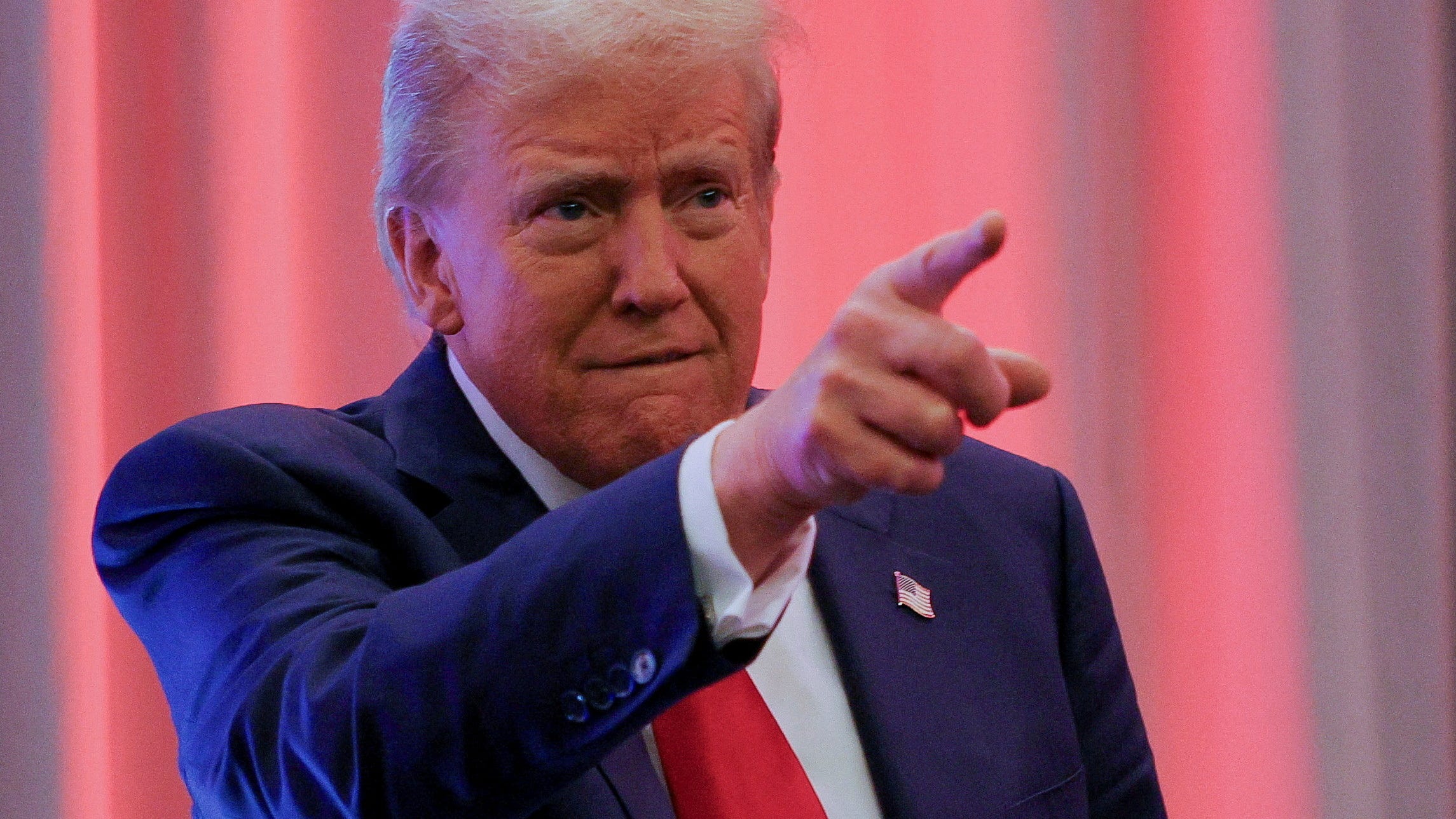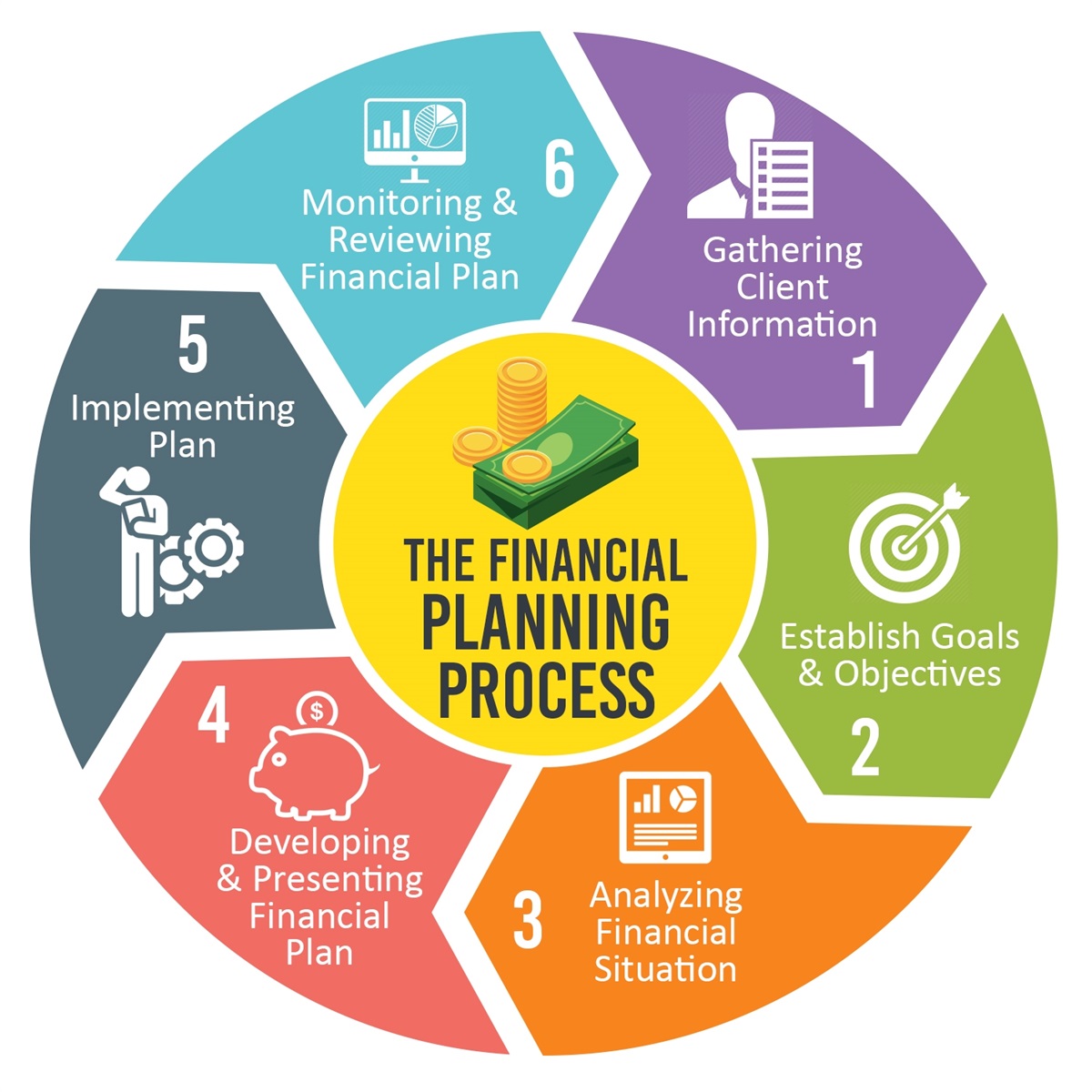The Tangled Web Of Trump Tariffs: Automakers' Challenges

Increased Costs and Reduced Competitiveness
The Trump administration's imposition of tariffs, particularly on steel and aluminum, directly increased the cost of imported parts and materials for automakers. This had a cascading effect throughout the industry.
-
Higher prices for steel and aluminum significantly impacted manufacturing costs. The increased cost of these essential raw materials immediately translated into higher production expenses for vehicles. Automakers found themselves paying substantially more for the basic building blocks of their cars and trucks.
-
Tariffs on foreign-made parts forced automakers to seek more expensive domestic alternatives or reduce production. Many automotive components are sourced internationally due to cost-effectiveness and specialized expertise. Tariffs rendered these previously economical options less viable, forcing automakers to either find pricier domestic substitutes or, in some cases, scale back production.
-
The increased cost of vehicles reduced competitiveness in both domestic and international markets. Higher manufacturing costs inevitably led to higher sticker prices for consumers. This reduced the competitiveness of American-made vehicles both at home and abroad, impacting sales and market share.
The impact on profit margins was substantial. Many automakers saw their profits squeezed, and some even faced the potential for job losses as they struggled to maintain profitability in the face of increased costs. The ripple effect of these steel tariffs, aluminum tariffs, and increased import costs significantly impacted automotive production and manufacturing costs, threatening profit margins across the industry.
Disrupted Supply Chains and Production Delays
The intricate global supply chains relied upon by automakers were significantly complicated by the Trump tariffs. The sudden imposition of tariffs jeopardized long-established relationships and created unforeseen bottlenecks.
-
Dependence on foreign suppliers was suddenly jeopardized, causing delays and shortages. Automakers found themselves facing shortages of crucial components due to tariffs impacting their foreign suppliers. This led to delays in production and a significant disruption to carefully planned manufacturing schedules.
-
Restructuring supply chains to source parts domestically proved time-consuming and expensive. Shifting from established international suppliers to domestic ones required significant investments of time and money. Finding reliable alternative suppliers with the necessary capacity and expertise was a major challenge.
-
Production schedules were disrupted, leading to lost revenue and potential customer dissatisfaction. The delays caused by supply chain disruptions resulted in lost revenue and potential damage to brand reputation due to unmet customer demand and delayed deliveries.
The long-term consequences of this supply chain disruption are still being felt. Building resilient and diversified global supply chains is now a paramount concern for automakers, highlighting the fragility of relying on a single source of components. The challenges of maintaining strong supplier relationships and adapting to domestic sourcing continue to impact the industry.
Shifting Geopolitical Landscape and Trade Wars
The Trump tariffs were not an isolated event but rather part of a broader trade war that significantly impacted relationships with key trading partners. The resulting retaliatory tariffs exacerbated the challenges faced by automakers.
-
Retaliatory tariffs imposed by other countries further complicated the situation. Many countries responded to US tariffs with their own, creating a cycle of escalating trade barriers that negatively impacted the automotive sector. This created a complex and unstable global trading environment.
-
The uncertainty created by fluctuating trade policies made long-term planning extremely difficult. The constant threat of new tariffs and shifting trade policies made it incredibly difficult for automakers to engage in long-term strategic planning, hindering investments and future growth.
-
The overall impact on international trade and automotive partnerships was considerable. The trade war significantly damaged international automotive partnerships and created distrust among key players in the global automotive market.
Adaptation Strategies Employed by Automakers
Faced with these unprecedented challenges, automakers adopted various adaptation strategies:
-
Some companies relocated production facilities or sourced parts from different countries. To mitigate the impact of tariffs, several automakers shifted production to countries with more favorable trade agreements or diversified their sourcing of components.
-
Others absorbed increased costs, while some passed them on to consumers. Some companies absorbed the increased costs to maintain competitiveness, while others passed them on to consumers in the form of higher vehicle prices.
-
Lobbying efforts and advocacy for trade policy reform were undertaken. Automakers engaged in intense lobbying efforts to advocate for trade policy reforms and push for the easing of tariffs.
Examples include companies relocating production to Mexico or Canada, seeking alternative suppliers in Asia, or aggressively lobbying for tariff reductions. These strategies highlight the significant adaptability required to navigate the volatile environment created by Trump tariffs automakers experienced.
Conclusion
The impact of Trump tariffs automakers faced was multifaceted and far-reaching. Increased costs, disrupted supply chains, and a volatile geopolitical landscape created significant challenges for the industry. While automakers adopted various adaptation strategies, the long-term effects of these protectionist measures are still unfolding. Understanding the complexities of the Trump tariffs automakers experienced is crucial for navigating future trade negotiations and ensuring the stability of the global automotive sector. Further research into the lasting economic and geopolitical consequences of these tariffs is necessary to prevent similar disruptions in the future. Analyzing the impact of Trump tariffs on automakers and learning from this period is vital for the future health of the global automotive industry.

 Stroomnetaansluitingsprobleem Kampen Kort Geding Tegen Enexis
Stroomnetaansluitingsprobleem Kampen Kort Geding Tegen Enexis
 Cfp Board Ceos Retirement What It Means For Financial Planning
Cfp Board Ceos Retirement What It Means For Financial Planning
 Michael Sheen And Channel 4 Accused Of Million Pound Giveaway Theft
Michael Sheen And Channel 4 Accused Of Million Pound Giveaway Theft
 Lotto 6aus49 Ergebnis Vom 19 April 2025 Alle Gewinnzahlen
Lotto 6aus49 Ergebnis Vom 19 April 2025 Alle Gewinnzahlen
 Bio Based Scholen En De Noodzaak Van Noodstroomvoorzieningen
Bio Based Scholen En De Noodzaak Van Noodstroomvoorzieningen
